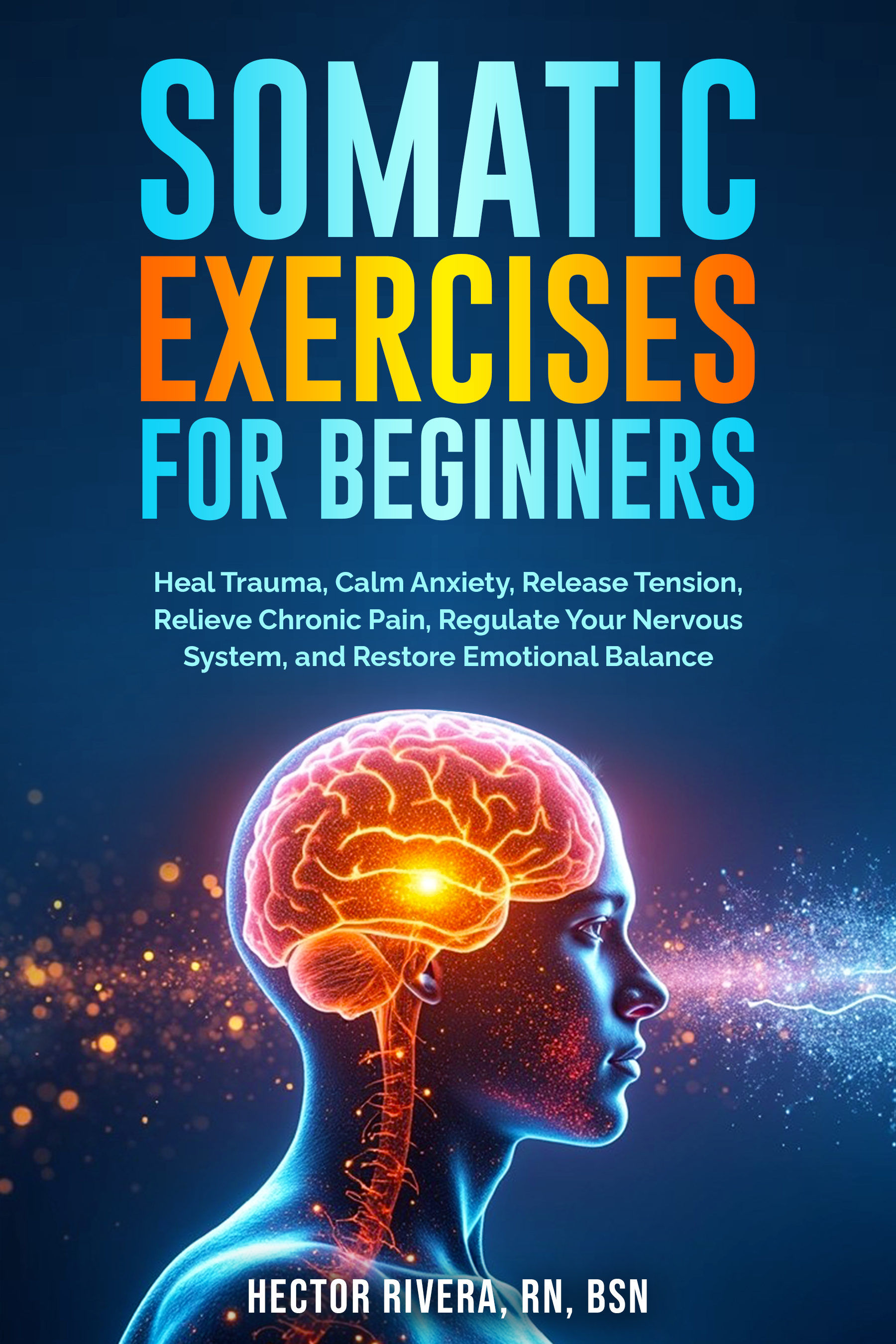What Is the Alexander Technique and Why Does It Matter?

What Is the Alexander Technique and How It Can Improve Your Everyday Movement?
If you’ve ever slumped at your desk, tensed your shoulders during stressful moments, or felt sore after something as simple as standing in line, you’ve already experienced what poor posture and unconscious habits can do to your body. What is the Alexander Technique? It’s a method that helps you spot unhelpful habits and replace them with movement patterns that support your body’s natural ease and balance. Instead of forcing your posture into a rigid position, it guides you toward a more relaxed, balanced way to carry yourself in daily life.
A Different Way to Think About Posture
Most of us heard the advice to “stand up straight” or “pull your shoulders back” as we grew up. While well-intentioned, this often forces the body into a stiff, unnatural position. The Alexander Technique takes a different approach. It’s not about holding yourself a certain way — it’s about learning how to move and rest without unnecessary strain. The focus is on awareness and choice. Once you become aware of what your body is doing, you can start to release tension instead of adding to it.
How It Works
A certified Alexander Technique teacher will guide you through everyday movements, such as sitting, standing, bending, and walking. They might place their hands lightly on your head, neck, shoulders, or back to help you sense tension you didn’t realize was there. Through gentle cues and hands-on guidance, you begin to experience what it feels like when your body moves in a freer, more natural way.
Over time, you develop the ability to pause before moving, so you can choose how to respond instead of reacting automatically. This pause is slight, but it makes a big difference. It gives your muscles a chance to work efficiently, your joints an opportunity to move smoothly, and your breathing a chance to stay easy and open.

Benefits People Notice
While everyone’s experience is different, many people find that the Alexander Technique helps with:
- Reducing chronic tension in your neck, shoulders, and back
- Improving balance and coordination in daily movement
- Lessening discomfort or pain caused by poor posture or repetitive strain
- Enhancing performance in activities like music, acting, or sports
- Increasing energy because the body is no longer wasting effort on unnecessary muscle work
Some people come to the Alexander Technique because of pain. Others want to feel lighter and more comfortable in their bodies. Either way, the process is gentle, adaptable, and doesn’t require special equipment.
Everyday Applications
The beauty of the Alexander Technique is that it extends far beyond a class or session. Once you understand the principles, you apply them anywhere. — sitting at your computer, driving, cooking, gardening, exercising, or even waiting in line. The more you practice, the more these moments of awareness become second nature.
For example, if you tend to crane your neck forward when looking at a screen, you might start noticing that habit sooner and let your head return to a more balanced position over your spine. If you lock your knees while standing, you may find yourself maintaining a softer bend instead, which relieves pressure on your joints and lower back.
Why It Feels So Different
Unlike traditional posture correction, which can feel forced, the Alexander Technique invites your body to reorganize itself naturally. You’re not holding an artificial “good posture” — you’re finding the alignment and ease that’s already possible when you stop interfering with your body’s design. Many people are surprised at how much lighter, taller, and more grounded they feel after even a short lesson.
Who Can Learn It
The Alexander Technique can be helpful at any age. Students range from young performers seeking to enhance their stage presence to office workers experiencing desk-related aches to older adults seeking improved balance and stability. Individuals recovering from injury or managing movement-related conditions can also utilize it as a valuable tool when they learn it under the guidance of a trained instructor.
Getting Started
If you’re curious to try it, look for a certified Alexander Technique teacher in your area. In-person lessons are the most common, but some teachers also offer online sessions that focus on verbal guidance and self-observation. Most people start with a series of classes — often once a week — to build awareness and integrate the changes gradually.
While you might notice improvements in the first few sessions, the real value comes from ongoing practice. Over time, the skills become part of your everyday life, so you don’t have to “remember” them — they’re how you move.
The Bigger Picture
At its core, the Alexander Technique isn’t just about posture — it’s about developing a better relationship with your body. It teaches you to notice subtle signs of strain before they develop into pain, to move with intention rather than habit, and to trust that small changes in how you use your body can lead to lasting improvements.
When people ask, “What is the Alexander Technique?” the short answer is that it’s a way to relearn movement so your body works with you, not against you. But the longer answer is that it’s also a path toward greater self-awareness and ease, both physically and mentally.
Bringing It Into Your Life
You don’t have to overhaul your routine to start benefiting from what you’ve learned. Begin with small, simple moments:
- Pause before getting out of a chair, and notice how you’re holding your neck and shoulders.
- When you walk, imagine your head leading gently upward, rather than forward.
- While working, let your breath move freely instead of holding it without realizing.
Each small choice builds on the last, helping you move toward less tension, better balance, and more energy for the things you care about.
Medical Disclaimer: The information on this website is for educational purposes only and is not a substitute for professional medical advice, diagnosis, or treatment. Always consult a qualified healthcare provider with any questions you may have about your health or a medical condition. Never ignore professional medical advice or delay seeking it because of something you have read here.

